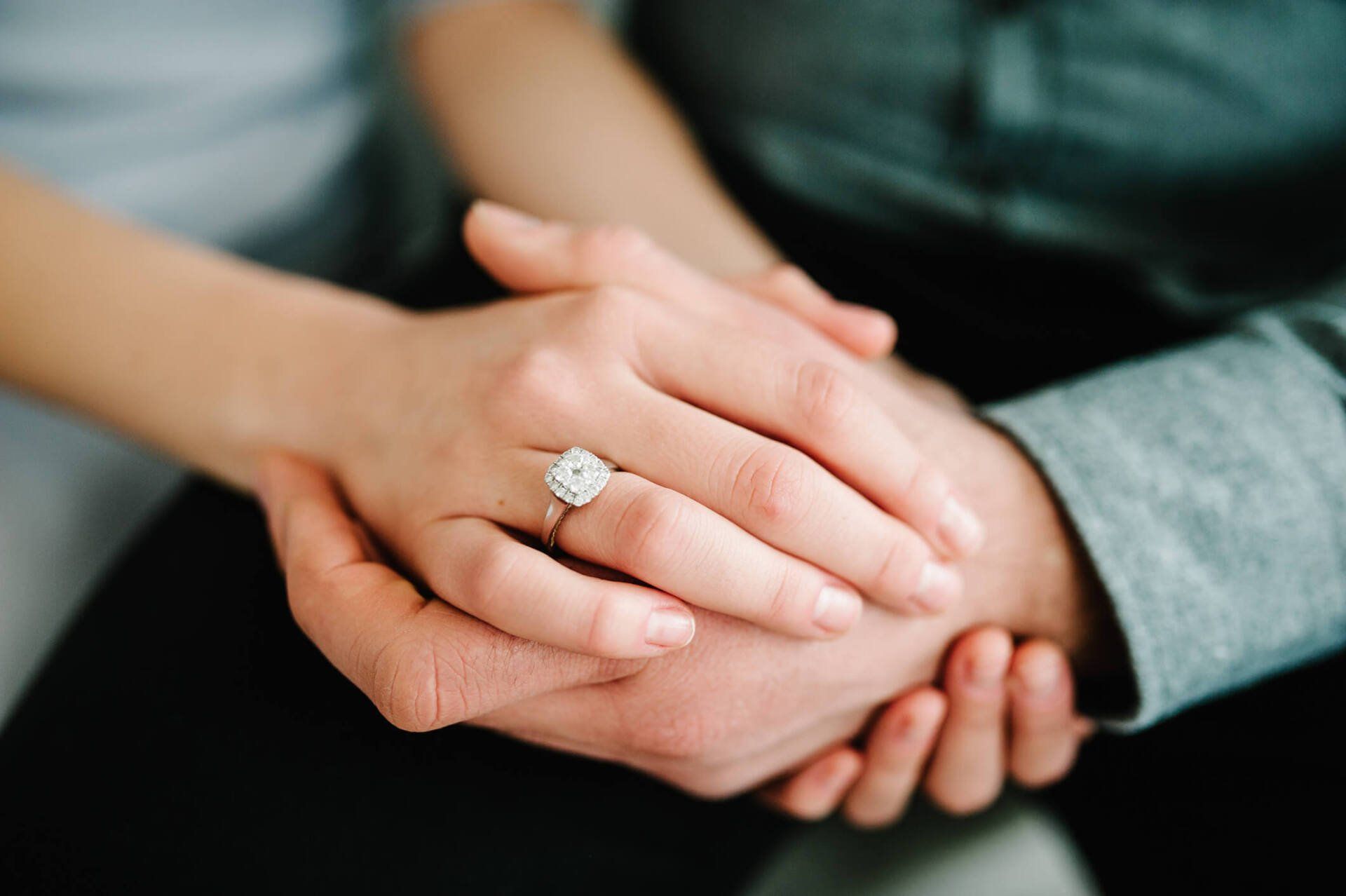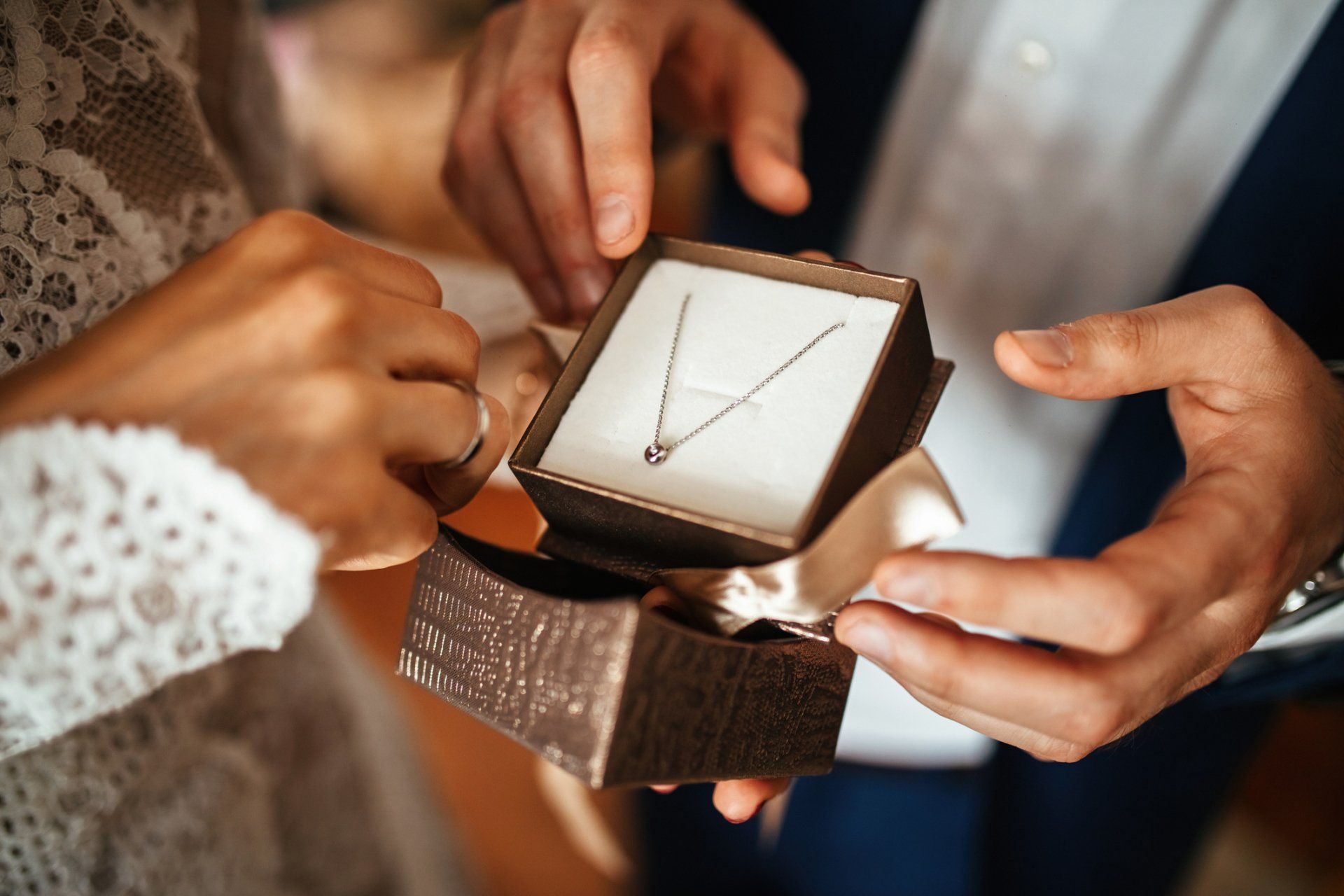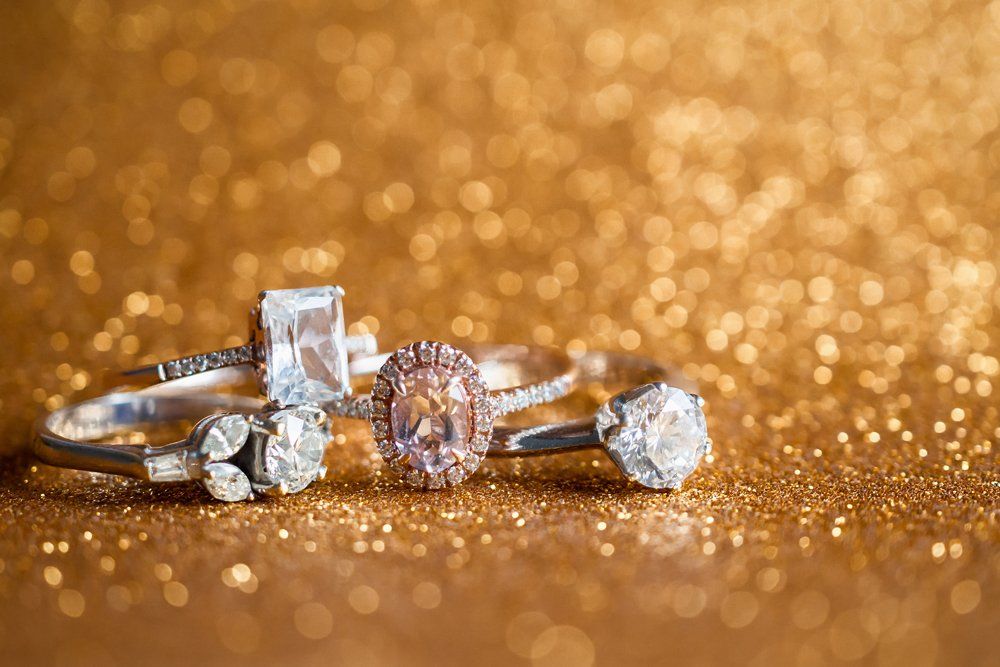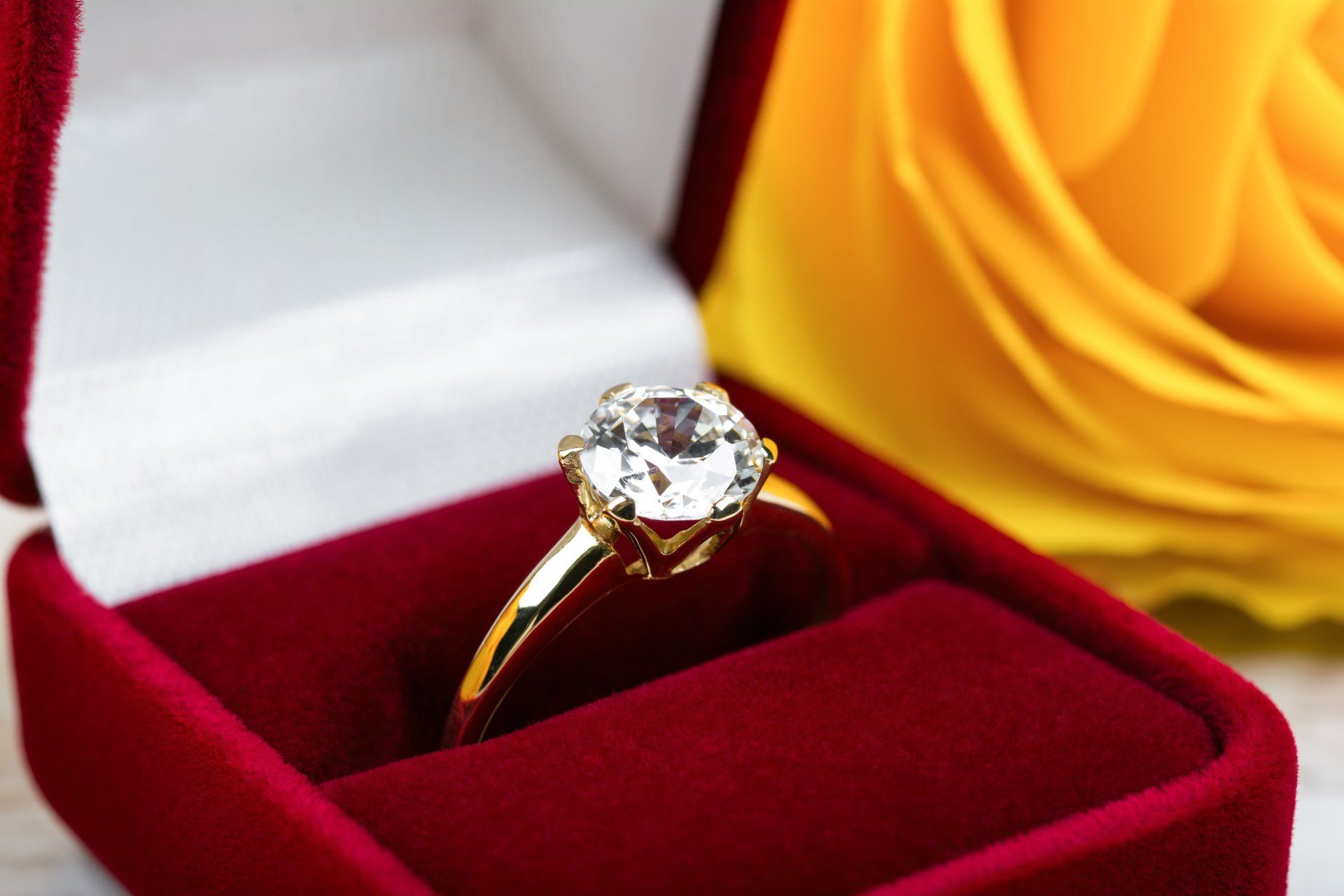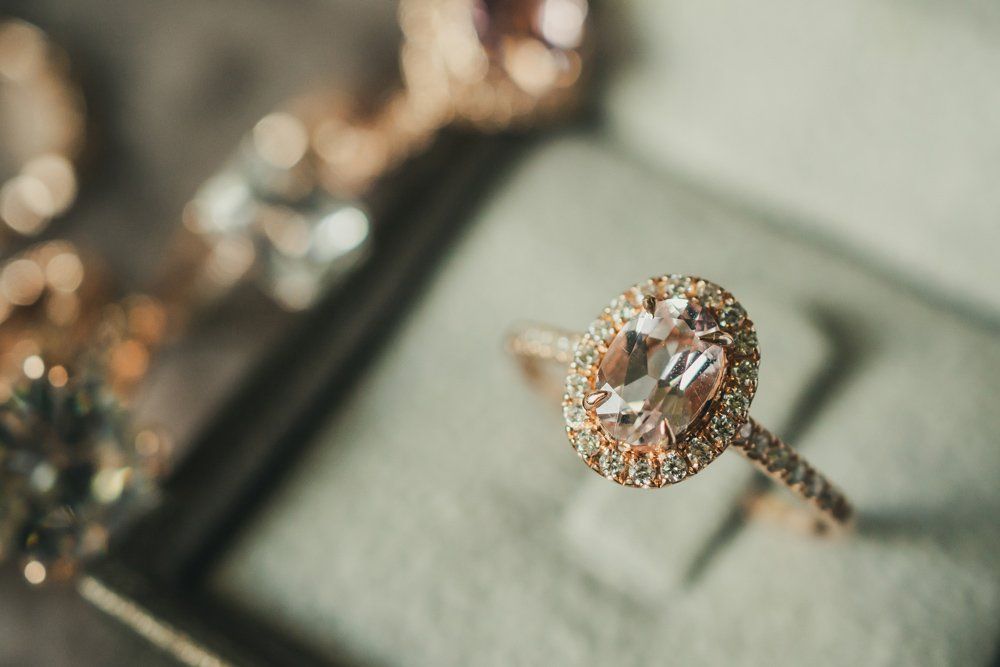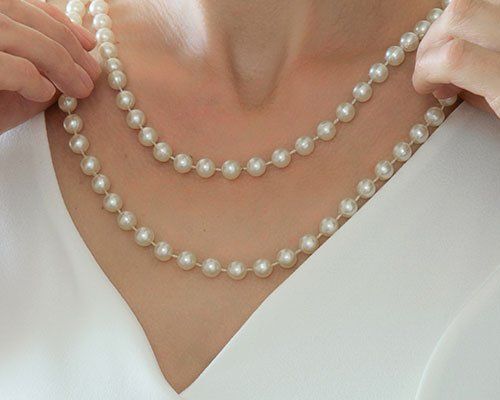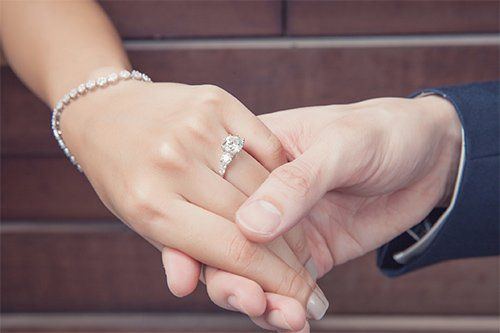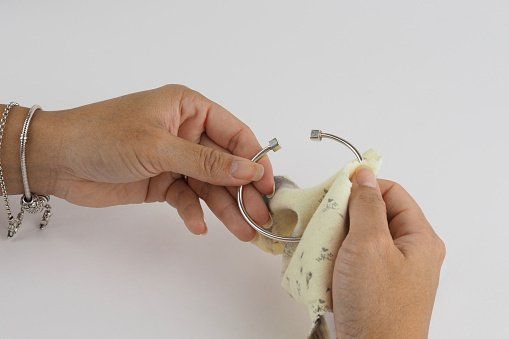Factors to Consider When Choosing the Engagement Ring
- By Admin
- •
- 26 Jul, 2018
- •
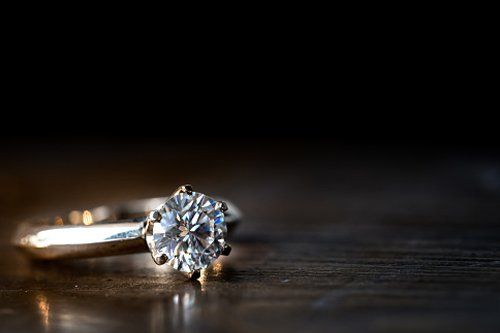
After years of searching, you've finally found her. The girl of your dreams is a reality and you actually understand what all the fuss over this whole love thing is now. You're sure she's the one. And that means the next step is popping the question.
Where should you start your engagement ring search, and what do you need to consider before buying this lifelong bauble? Before you start randomly searching from jewelry store to jewelry store, take a look at what you need to know about choosing engagement rings.
The Budget
How much should you spend on an engagement ring? When it comes down to it, you set the rules. You can find memory-making, standout rings at almost every price point. The average price of an engagement ring was $6,351 in 2017, according to a study by the wedding site The Knot.
This average doesn't mean you have to spend more than $6,000 on a ring or that you can't spend much more. If you're on a tight budget, work in an entry-level job, or want to save money to buy a house or to start a family, a lower-priced ring doesn't have to equal a cheap piece of jewelry.
Wholesale jewelry retailers make it possible to get a quality diamond at a lower price than you'd spend at other commercial stores. Buying a loose stone from a wholesaler and choosing a setting cuts out the middleman (in other words, the jewelry store) and reduces your final cost. The result is the perfect ring at a lower price.
The Diamond
The diamond is the traditional gemstone of the engagement ring. This isn't to say that you can't choose another type of stone — if it's something that your bride-to-be expresses she prefers. But if you're going for a classic look, a diamond is it.
When choosing the just-right diamond, follow the four Cs. These include carat, color, clarity, and cut. Created by Robert M. Shipley, the founder of the Gemological Institute of America (GIA), in the early 20th century, the four Cs provide a guide for evaluating the quality of the stones.
What do the four Cs mean? Carat equals the weight of the diamond. The lower the number, the smaller the diamond (and the less expensive it is).
Color is exactly what it sounds like — the color of the diamond. This category is letter-graded, with D signifying completely colorless (and rare) stones.
Clarity signifies the number or blemishes, ranging from flawless to included. Included diamonds have obvious blemishes under 10x magnification.
Cut refers to the shape of the stone and how it interacts with the light. The cuts can range in quality, with brightness, fire, and scintillation affecting how the stone and light interact. Popular shapes include round brilliant, princess, marquise, cushion, emerald, pear, and radiant.
The Band
The diamond may be the centerpiece of the ring, but it's not the only part. The band is an important element of the ring and one that your bride may feel strongly about. Some women prefer silver jewelry, making a white gold or platinum ring a solid choice. If your soon-to-be fiancé enjoys gold, a traditional yellow gold is probably preferred.
Along with white and yellow gold, some contemporary styles of rings use rose gold to make a non-traditional statement. Rose gold is growing in popularity. Even so, some women may want the traditional types of metals instead. Look at your girlfriend's jewelry to see if she typically wears this pinkish hue.
Are you ready to start engagement ring shopping? This is a major relationship milestone that you can't take lightly. Contact Marla's Gem Creations for more information on your design options.
To help you choose the perfect engagement ring, look at this short guide to three basicide as you'll need to understand for ring selection.
While diamond engagement rings are still the most popular type of engagement ring, you can choose from many other gemstones. Take a look at these options.

